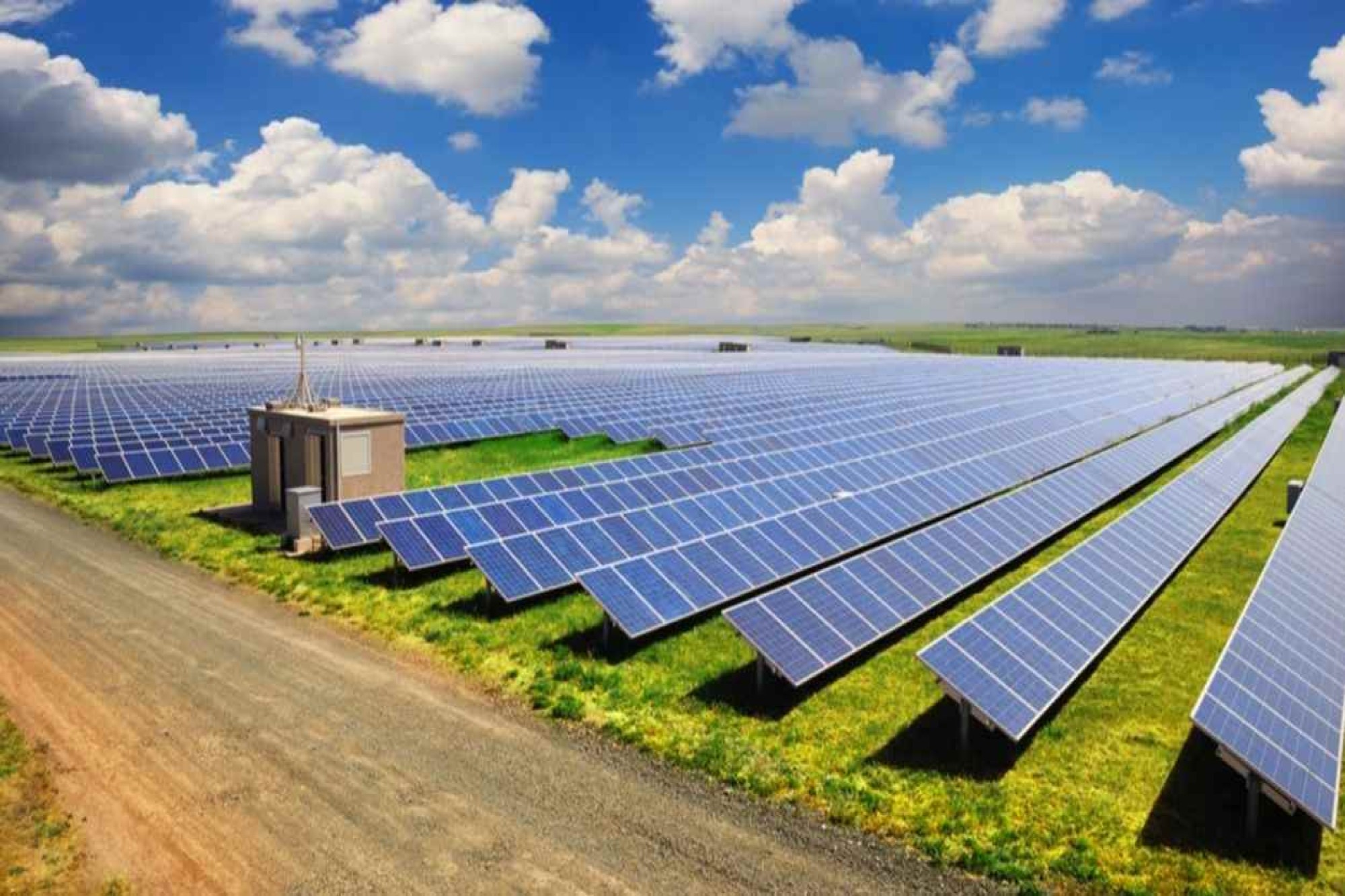Fast-growing energy demand spurs focus on renewable security
By EPR Magazine Editorial November 12, 2024 6:38 pm IST
By EPR Magazine Editorial November 12, 2024 6:38 pm IST

Advanced solid-state batteries can store more energy in a smaller space, making them ideal for grid applications where high capacity and durability are essential.
India is projected to witness the fastest energy demand growth among major economies through 2026, making energy security a critical focus. According to the International Energy Agency, renewables are expected to supply nearly half of this increased demand; about one-third will likely be met by a rise in coal-fired generation. In response to these challenges, India is making significant strides to enhance its domestic manufacturing capabilities for renewable energy components, particularly in the solar sector. A considerable share of India’s solar panels is imported from China, raising concerns regarding supply chain vulnerabilities and dependency. India is implementing initiatives such as the Production Linked Incentive (PLI) scheme to address these issues and strengthen the local production of solar modules, cells, and wafers. The nation aims to establish a more resilient supply chain for its burgeoning renewable energy sector by promoting domestic manufacturing.
Advancements in grid management and storage technologies
As the share of renewables in India’s energy mix continues to grow, improving grid management has become necessary. Modern systems, such as Supervisory Control and Data Acquisition (SCADA) and Advanced Distribution Management Systems (ADMS), play a key role in real-time monitoring and controlling grid performance.
These technologies provide critical data on energy flow and enable it to respond swiftly to fluctuations in supply and demand, thereby enhancing grid stability and reducing the risk of outages. However, the effectiveness of these systems depends heavily on reliable energy storage solutions. If the batteries connected to the grid underperform or fail, they can compromise the benefits of these advanced management systems.
Lithium-ion batteries were widely used in the past, but modern energy storage technologies have now taken over the industry. Advanced solid-state batteries can store more energy in a smaller space, making them ideal for grid applications where high capacity and durability are essential. Next-generation flow batteries are another innovative solution. It can charge and discharge simultaneously and have a much longer operational lifespan, which enhances grid resilience.
Emerging technologies and investment trends
The global renewable energy sector is in the midst of transformation, driven by a combination of emerging technologies and strategic investments. While solar energy has long been a cornerstone of the renewable sector, innovations like bifacial solar panels and perovskite solar cells are pushing the boundaries of what is possible. Bifacial panels, which capture sunlight from both sides, can increase efficiency by as much as 20%, while perovskite cells offer a cheaper, more flexible alternative to traditional silicon-based panels. These advancements can reduce the cost of solar energy, making it competitive with fossil fuels even in regions where sunlight is less abundant.Solar energy attracted significantly more investment than wind energy in the past year, with solar investments expected to exceed $380 billion compared to $94 billion for wind power. This disparity can be attributed to several factors. The rapidly declining cost of solar technology, particularly photovoltaic (PV) cells, has made solar installations increasingly economically viable. Additionally, solar systems are generally easier and quicker to deploy, allowing for faster returns on investment. Geographic advantages also favour solar energy, as installations can be integrated into structures like rooftops. At the same time, wind farms require more land and suitable locations, often facing opposition from local communities. Moreover, government policies and incentives have historically favoured solar energy, driving further research and development investments and enhancing innovation and efficiency in the sector.
Role of Government Initiatives
Government initiatives are critical in enhancing energy security, particularly in developing countries like India, where the demand for sustainable and reliable energy sources is ever-growing. Programmes like the SAUBHAGYA Yojana, the Revamped Distribution Sector Scheme (RDSS), and the National Solar Mission (NSM) are examples of how the Indian government addresses energy access and efficiency.
The SAUBHAGYA Yojana helped electrify 2.86 crore rural households, eliminating energy poverty. By providing electricity to unserved populations, the initiative empowered communities and facilitated socio-economic development. The Revamped Distribution Sector Scheme (RDSS) addresses the critical issue of inefficiencies in power distribution. By focusing on financial viability and operational improvements for distribution companies (DISCOMs), RDSS seeks to stabilise the electricity supply and reduce losses. Integrating smart meters and advanced technologies enhances monitoring and consumer engagement, leading to a more resilient and efficient grid.
Domestic solar and wind manufacturing enhances energy security by reducing import dependence, stimulating economic growth, and fostering job creation. By investing in local manufacturing capabilities, India can diminish reliance on China, safeguarding against geopolitical risks and supply chain disruptions.
Authored by: Naresh Mansukhani, CEO- Juniper Green Energy
We use cookies to personalize your experience. By continuing to visit this website you agree to our Terms & Conditions, Privacy Policy and Cookie Policy.